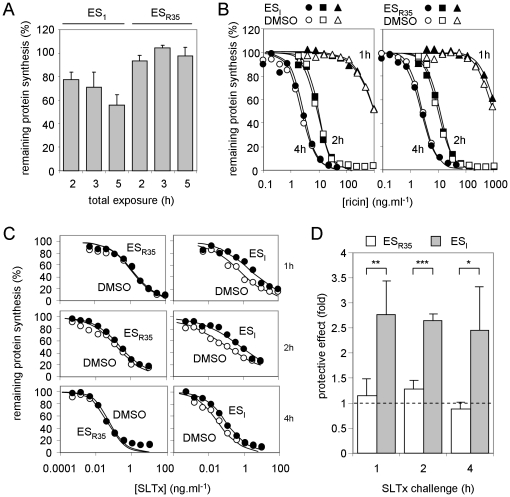Figure 2. ESI treatment protects HeLa cells from SLTx, but not from ricin.
A. ESI treatment reduces cellular protein synthesis levels. Cells were treated with ESI or its inactive derivative ESR35 for 2, 3 or 5 h, and remaining protein synthesis ability was determined, shown relative to control cells treated with the vehicle DMSO. N = 3, bars +/− 1 S.D. B. ESI treatment has no effect on ricin intoxication. Cells treated with DMSO (open symbols), ESI (filled symbols, left-hand panel) or ESR35 (filled symbols, right hand panel) were challenged for 1 (circles), 2 (squares) or 4 h (triangles) with graded doses of ricin and remaining protein synthesis levels were determined. Typical single assays are shown. C, D. ESI treatment protects cells from SLTx challenge. Cells treated with DMSO, ESI or ESR35 were challenged with graded doses of SLTx for 1 (upper), 2 (middle) or 4 h (lower) and remaining levels of protein synthesis ability were determined. Typical single assays are shown in C, from which the IC50 (concentration of SLTx that reduced protein synthesis to half that of control non-toxin treated cells treated in parallel) values were determined, and means of 3 or 4 independent experiments (+/− 1 S.D.) are shown in D, expressed as fold protection (IC50 drug treated cells: IC50 DMSO treated cells). Protective effects from ESI and ESR35 treated cells were compared using an unpaired t-test (1 h, p = 0.0048, t = 4.358, n = 4; 2 h, p<.0001, t = 12.28, n = 4; 4 h, p = 0.0377, t = 3.060, n = 3; *, significant: **, very significant: ***, extremely significant).

